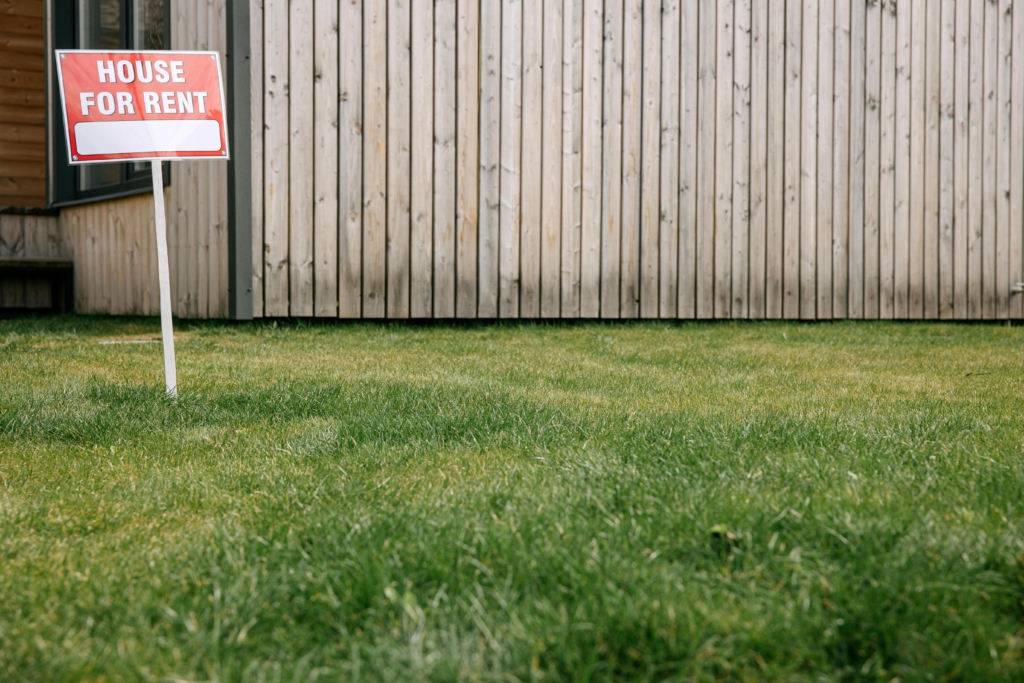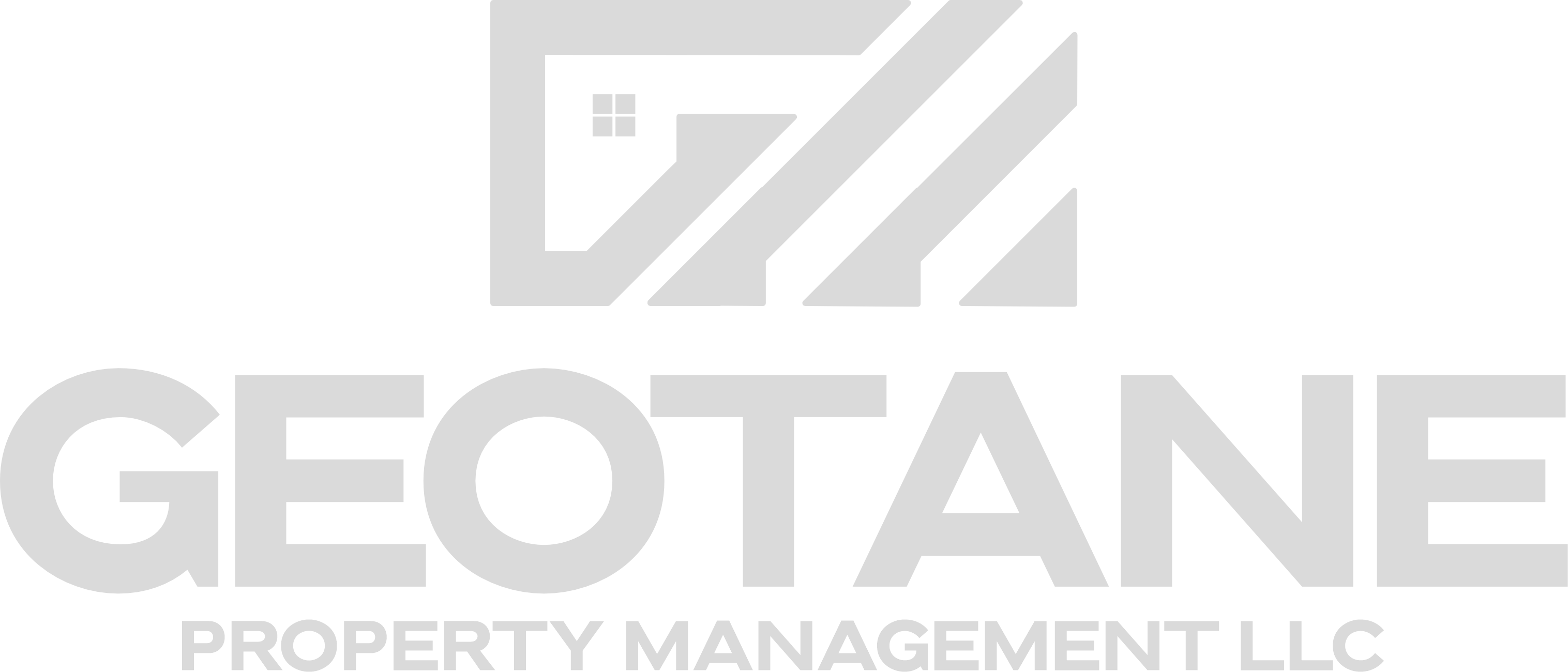
In the world of rental property investing, it’s easy to focus on the big-ticket numbers — purchase price, rental income, cap rate. But one quiet figure has the power to quietly erode your profit: vacancy rate.
A 7% vacancy rate may sound small, even acceptable. But when spread across multiple units or months, it can translate into thousands in lost income and missed opportunity. At Geotane, we help landlords in Carmel, Indianapolis, and surrounding areas understand how even small gaps in occupancy can create outsized impacts — and how to close them.
Let’s break it down
What a 7% Vacancy Rate Really Means

On paper, a 7% vacancy rate implies your property is rented 93% of the time. Sounds good, right?
Not quite.
Let’s say you own three single-family rentals. That 7% vacancy rate means you’re losing the equivalent of one full month of rent per year. If each unit rents for $1,700/month, that’s over $5,000 annually in vacancy loss.
Now imagine your portfolio includes 10+ units — the loss scales fast.
Vacancy Hurts More Than Your Income
The financial loss is just one part of the story.
Extended or recurring vacancies often create hidden costs and slow down your entire investment strategy:
- Turnover stress: More tenant moves = more repairs, cleaning, and marketing expenses
- Slower ROI: Every vacant month pushes back your breakeven point
- Lost leverage: Empty units can affect your ability to refinance or attract investors
According to Investopedia, even temporary vacancy can affect property value and cash flow projections — especially if left unmanaged.
How We Help Clients Close the Gap

At Geotane, we treat vacancy like a performance metric — not just an inconvenience. Here’s how we proactively help our clients reduce downtime and improve occupancy:
1. Track Trends Monthly
Our clients receive portfolio updates that flag occupancy dips, renewal windows, and lead time. No surprises.
2. Use Local Market Data
We assess current rental demand and comparable listings in Carmel, Westfield, Noblesville, Fishers, and Indianapolis to ensure pricing is on point.
Check local averages anytime via Zillow’s Rent Index.
3. Optimize Listing Timing
We time marketing, showings, and turnovers around peak demand to reduce lag between tenants.
4. Streamline Tenant Screening
Our system accelerates approvals without sacrificing quality — helping landlords keep units filled with confidence.
5. Plan Ahead for Retention
Rather than waiting until 30 days before lease end, we start early conversations and incentivize good tenants to renew.
What’s an Acceptable Vacancy Rate?
This varies by market and property type, but in general:
- Under 5% is strong
- 5–8% is manageable with a proactive plan
- Over 8% likely needs immediate attention
The National Multifamily Housing Council (NMHC) often pegs national vacancy averages between 5–6% depending on class and region.
Carmel & Indy Rental Trends:

In Q2 2025, rental demand remained strong in much of Central Indiana, with Carmel and Fishers reporting below-average vacancy compared to national trends (source). That’s good news for landlords — but only if your properties are being marketed and managed strategically.
Vacancy is a Silent Loss — Until It Isn’t
Curious where your vacancy rate stands? Our vacancy insight session helps you uncover hidden leaks before they hit your bottom line.
That’s what we do at Geotane. We help you read the signals before they become setbacks.
📩 Want to See Where Your Portfolio Stands?
We offer local owners a vacancy audit preview — a strategic look at your occupancy trends, pricing accuracy, and turnover risk — so you can decide if deeper analysis is worth the next step.
📍 Serving Carmel, Indianapolis & beyond
🔗 geotanemgt.com | @geotanepm




